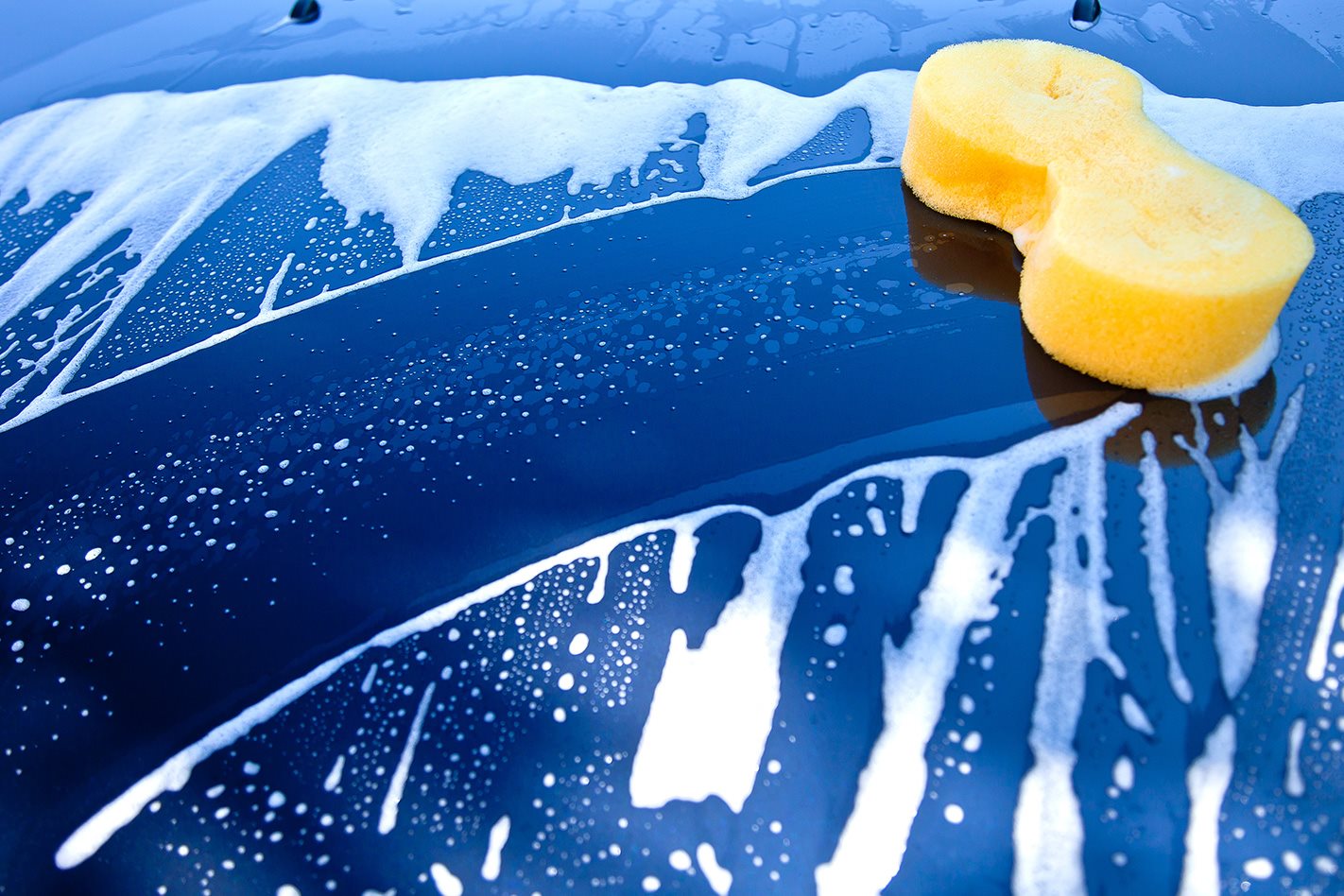
The WhichCar team previously brought you the best ways to keep your paintwork looking showroom fresh, but if the advice comes too late and your car is already showing its age, what can you do to wind back the years?
In the worst cases of neglect and damage, the only option is to book in with a panel specialist and have a fresh new coat of paint applied. However, there are a number of tricks and treatments you can try before you are forced to opt for the most expensive solution.
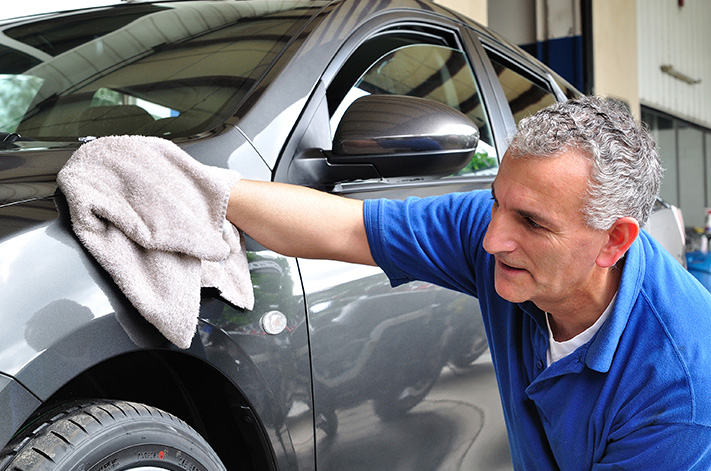
Here are our top exterior makeover tips to avoid pricey trips to the paint shop.
Know your paint
Depending on its age, your car is most likely to be coated in three different layers of paint. At the deepest level, the primer provides a bonding layer between the metal, plastic (or perhaps composite material) of the panel. If damage has occurred to this then it’s terminal and a spray-shop visit is your only option.
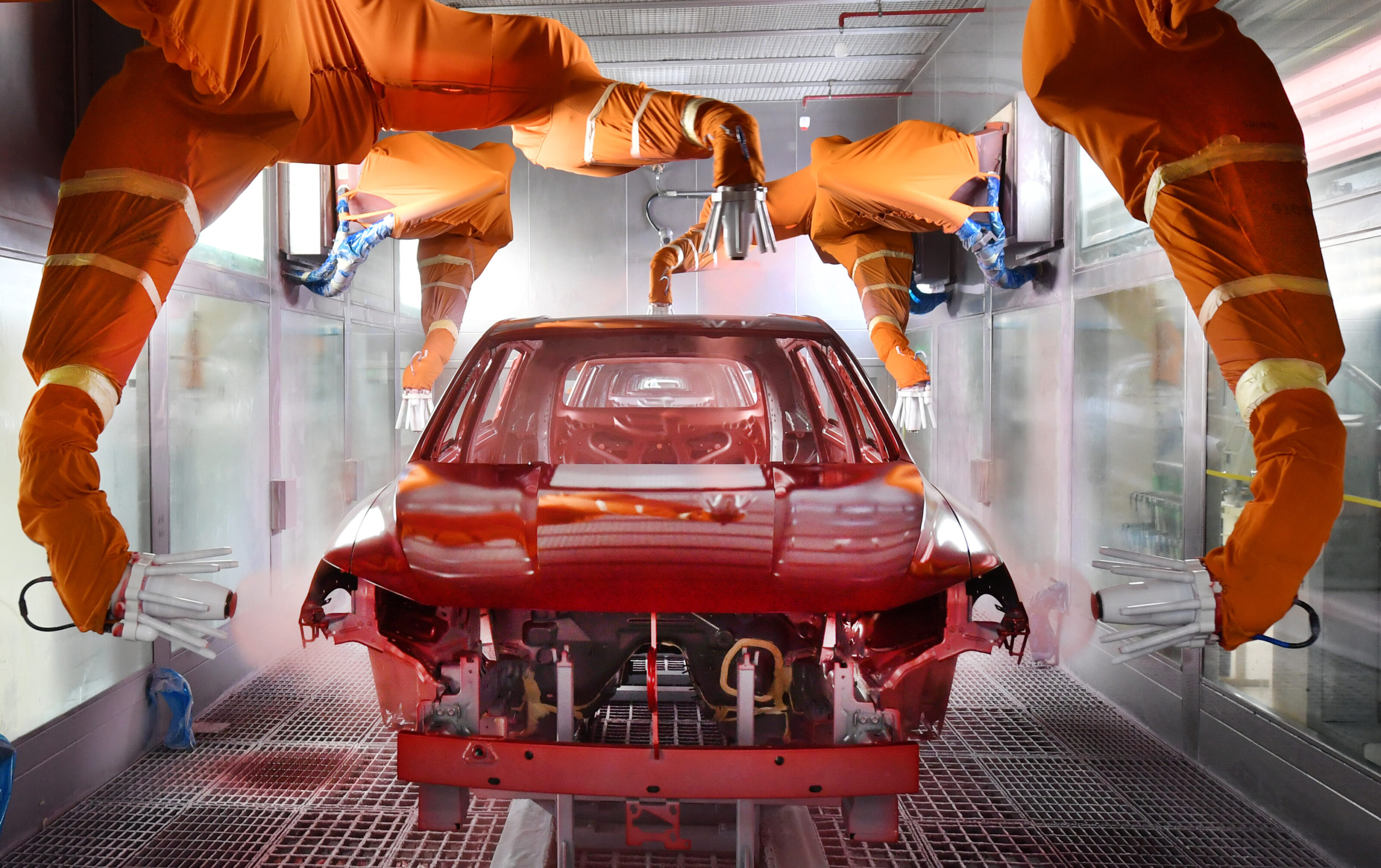
On top of the primer is the base coat, which normally provides the colour of your car. Base colours can be metallic, pearlescent or solid (sometimes called flat). For older colours and cars, a solid base was often the final layer – albeit applied in a number of coats – which makes it more susceptible to damage and degradation, but there is still the potential for improvement.
For everything else, the top or clear coat is the final layer and the colourless shell that protects all the other layers beneath it. The glossy varnish is surprisingly durable and can be significantly restored even after some very unkind treatment.
Now you know your paint, here is how to fix relatively minor defects.
How to repair small scratches
Abrasive pastes and polishes, similar to the paint restoration polishes, are available for removing shallow scratches and work in a similar manner.

Provided the scratch hasn’t broken through into the base coat, the damaged clearcoat can be polished smooth again, hiding the scratch. It’s best to build up a layer of wax after this treatment too.
The same method can be used over larger expanses to remove fine scratches, frosted paint caused by using dirty car wash brushes or sand abrasion, and even minor damage from corrosive bird droppings, for example.
How to touch up stone chips
Where the impact of small stones has caused damage through multiple layers of paint, touch-up paint sticks can be used to hide damage, although rarely completely.
These little bottles of paint are matched to your paint colour code and come with a small brush for application, but here are two top tips for using the paint sticks:
- Source a paint touch-up from an approved service and parts centre. The original equipment version will only cost a few dollars more than the generic option and will be a perfect match for your paint
- Do not use the brush that comes with the bottle. If the damage is extensive enough to require a brush as wide as the one provided then it will need body shop attention. Much better is to find a small solid point, such as a cocktail stick, which allows a tiny amount of colour to fill the chip without spilling over to the surrounding undamaged paint.
How to restore oxidised paint
If your paint is one of the vehicles described above that does not have a clear coat over a solid base colour, the paint can be more susceptible to oxidation and UV damage. Reds are particularly vulnerable to the harsh Australian sun and can turn a chalky pink. Thankfully, all hope is not lost.
There are a number of paint restoration products that polish a thin layer of oxidised paint away to reveal an unaffected layer that was hiding underneath.
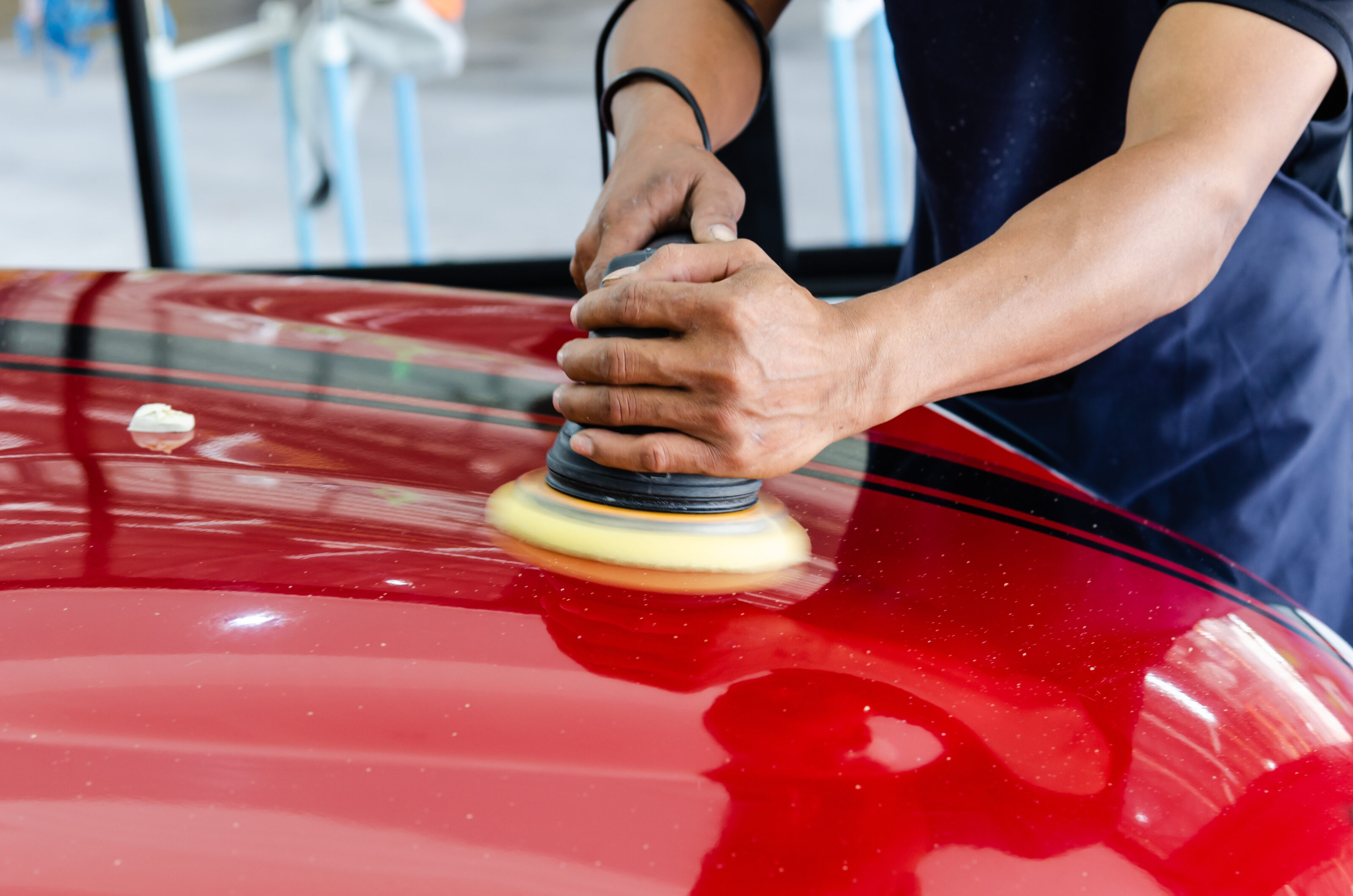
These polish products are not magical and require a fair bit of elbow grease or an electric polisher to work properly, but can be extremely effective.
Once finished, you will need to regularly apply a protective layer of good quality car wax to prevent the fresh paint oxidising again and undoing all your hard work.
Buffing out tar, sap and other unwanted waxes
If you are good to your car and regularly treat it to a wash and wax, you may find that all your hard work isn’t producing the concourse shine that you are looking for and this is likely to be due to the build-up of insoluble contaminants that are not removed by detergent or polishing.
But there is a little known industry secret that you might want to try, using a clay bar.
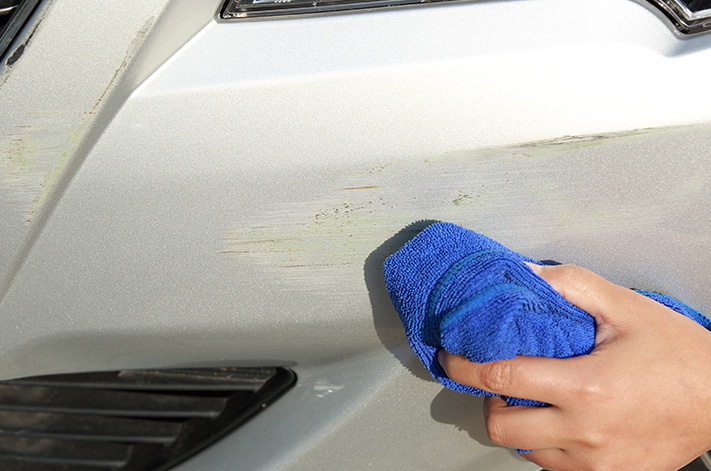
Available at all good auto consumable shops, the small bars of rubbery clay are simple to use and can be extremely effective at bringing back paint to a nearly new shine.
Simply wash your car as normal and then rinse. Then apply fresh soapy water with a sponge to lubricate the surface before gently rubbing the surface with the bar in circular motions. Initially, the bar will be hard to move as it catches the built-up grime and removes it, but when it glides smoothly over the cleaned paint, move on to the next section. Turn and fold the clay bar as you go to reveal clean clay.
After the deep clean, polish and wax as normal, stand back and give yourself a pat on the back.
There is nothing that can beat the result of professional attention at the body shop and a lick of new paint, but with a little hard work, you can breathe new life into tired bodywork and save yourself a lot of cash in the process.
We recommend
-
 Advice
AdviceWhat car interior fabrics are available?
How much attention do you pay to the fabric used inside your car? We're quick to judge a car by how it looks, but it's what's on the inside that counts...
-
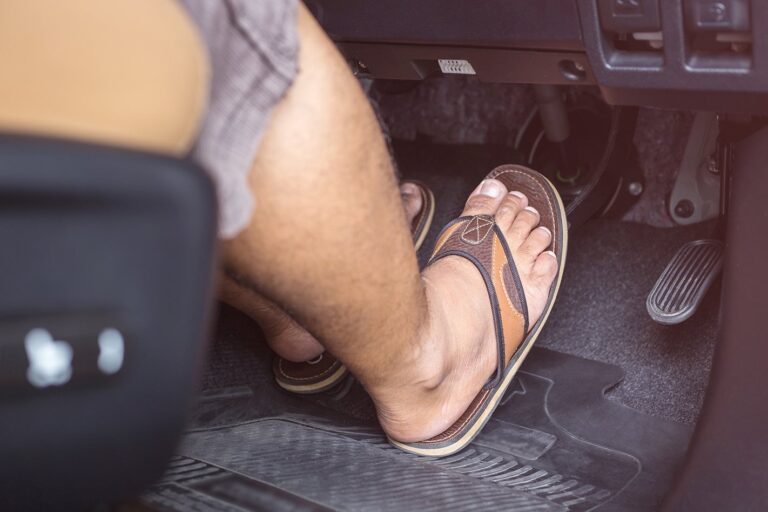 Advice
AdviceWhat sort of shoes should I wear while driving?
Many say that driving in heels, thongs or barefoot is no challenge for them, but are they right?




